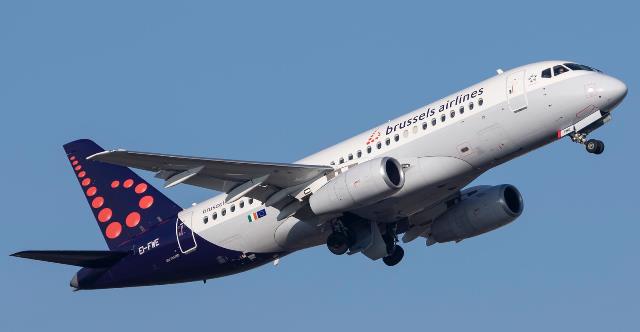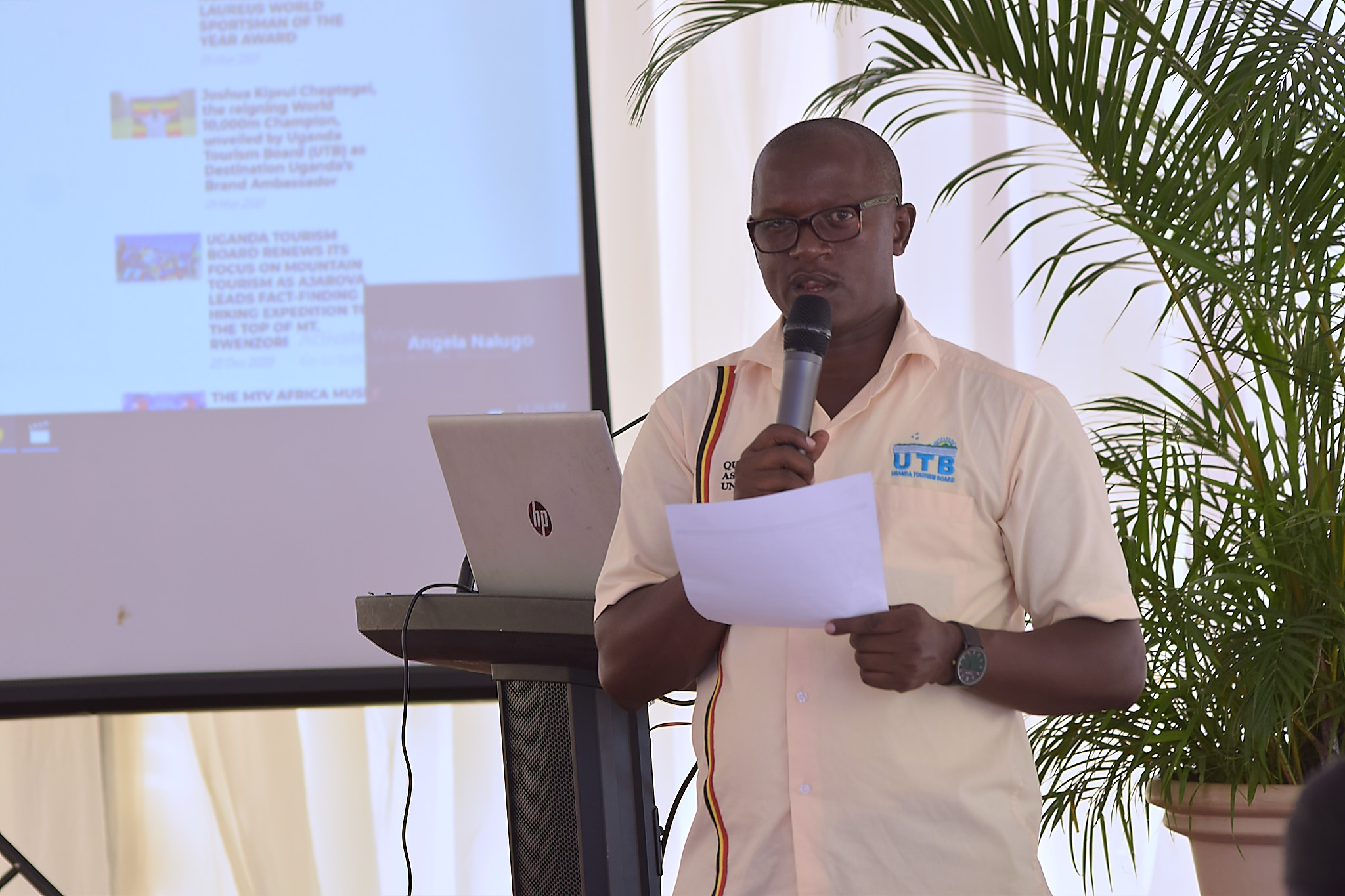In the world of aviation, Tim Clark is a well-known name. Having presided over Emirates since 2003, his role in the development of aviation as we know it today cannot be overstated. But it all started somewhat smaller, as a check-in agent at British Caledonian in a small airport attached to a train station that would eventually become London Gatwick’s South Terminal. This is the story of Sir Tim Clark, and how he became the aviation legend he is today.
From humble beginnings
Sir Tim had a lot of travel in his life during his formative years. As a youngster, he was often on Super Constellations, 707s and VC10s traveling to the Far East, and a love of aviation was born from this. He says it was all he wanted to do and never really thought of doing anything else.
But walking into a job in aviation is not an easy task. He was, at one point, accepted onto the BOAC graduate training scheme, but changes in the airline meant this was never to go ahead. His first break was at British Caledonian (BCal) when he was offered a job as a check-in agent, and he gladly accepted.
“It was probably the best time of my career, plodding the ramp at Gatwick and checking in passengers. I got to know how the granular nature of our business at the customer front level worked, and I thoroughly enjoyed it.”
Since joining BCal in 1972, Clark soon moved into the planning department at the airline. But he had only been with the airline for a couple of years when it entered what is now known as its ‘crisis year.’
In the wake of the Arab-Israeli War in 1973, oil prices spiked, quadrupling in value and causing airlines around the world to start hemorrhaging money. A subsequent recession led to much-reduced demand for travel, and saw BCal undertaking a major program of retrenchment to ensure its survival.
Part of this process saw the redundancies of some 827 members of staff. Sir Tim recounted the moment he realized his job was at risk, saying, “As a young planner, I was involved in the core group in working out what the survival scenarios would be for the airline. And I realised that my name was at the top of the list in terms of the redundancy program.”
Sir Tim recalls this as being something of a ‘wake-up call.’ Realizing how much he loved the aviation industry and not wanting to fall at the first hurdle, he opted to take up a job offer from a young and struggling airline in Bahrain called Gulf Air.
The Gulf Air years
So, in 1975, Sir Tim left BCal and headed out to the Middle East for a new role with Gulf Air. The airline was growing but needed a lot of help in terms of strategic planning, and Clark was the man for the job. This was a key moment in the career of the ambitious youngster, as he was able to get far more involved, as he recalls,
“I was able to contribute a lot quicker and more meaningfully than I had been, for instance, as a small cog in the BCal planning machine. And we built an airline … over the next 10 years, which became world-class.”
Between 1975 when Sir Tim joined Gulf Air and when he left in 1985, Gulf Air was transformed. It leased a fleet of Lockheed L-1011 Tristar and Boeing 737s, gradually phasing out the Vickers VC10s and BAC One-Elevens for a more competent, modern fleet. It expanded its network to include the likes of Amsterdam, Bangkok, Delhi, Hong Kong and Paris. The airline joined IATA in 1981, cementing its position as a global brand.
An opportunity in Dubai
Sir Tim was approached by leadership in Dubai to move across and assist with a small startup airline in the city. At the time, Gulf Air was seeking to be nationalized, and Clark knew his job would likely be, once again, put at risk. Always one to tackle a challenge head-on, Clark took up a position as Head of Airline Planning for this new carrier in the summer of 1985. By October, the airline took its first flight. Clark recalls,
“Emirates was born then, and I have been with it ever since.”
It was a small team that was brought in to breathe life into Emirates, under the supervision of Maurice Flanagan, an ex-British Airways, Gulf Air and BOAC executive. Just 10 people arrived in Dubai to launch this brand new carrier, and it wasn’t an easy task. Clark recounts,
“It was a clean sheet of paper. When I came along, they said look, you know, you’ve got to understand a few things … there’s no money … the ruler gave us $10 million in cash, and on that basis, you have to build the airline and map it out, assemble a group of people who are experts in all their fields and with that we set-to.”
The team quickly learned what was possible and what was not going to be possible for this new airline. At the time, it was severely restricted in terms of access into the regional markets; therefore, a different approach was required. Clark explained,
“I thought to myself, well, frankly, we’ll have to go international and we’ll have to move quickly. I believed we could do it because the competition at that stage was pretty minimal. I was a great believer in globalism even in the mid-80s.
“And so we started. We bought those A310s, and we moved very quickly into the international markets based on a product … which we haven’t deviated from. We’ve absolutely stuck to that.
“It’s just a question of scale. The more we did, the more we scaled. It became more obvious that this business model was going to work on the back of the globalisation that kicked in in the late 80s, mid-90s.”
The success of this model was clear to see even in the earliest of days. In the first year that Emirates flew, Gulf Air’s profits dropped by 56% and it gave up on its nationalization plans. It posted a loss in 1986.
Moving up the ladder
It was 2003 when Clark became president of Emirates, having spent 18 years building up an airline empire. But Emirates did not just change aviation; it changed Dubai too. From a dusty desert city with a population of less than 400,000 in 1985, by the time Clark became president, the city had grown to support more than a million residents and was a jewel in the Middle East’s crown. Today, more than 3.4 million people live in Dubai.
“If anybody had said to me when I joined the company in ‘85 … that this city would become the global metropolis that it is today, with all the bells and whistles that it has, they would have probably been consigned to the loony bin,” commented Clark.
Over the years that Clark has been at the helm of Emirates, his input to policy, aircraft design and long-haul travel has shaped the modern aviation world as we know it. Named ‘Person of the Year’ in 2014 by Aviation Week, Jens Flottau, Aviation Week’s Managing Editor, said of Clark,
“Clark’s in-depth airline and aircraft expertise combined with his friendly outspokenness have made him into one of the most influential figures on the customer side of the industry. Clark is never shy to express his opinion publicly.”
That same year, Clark received a knighthood by the United Kingdom for services to British prosperity and to the aviation industry. His voice, never shy to be heard, continues to take suppliers to task, always pushing for better service not only for airlines but for passengers too.
What next for Sir Tim?
Clark announced his retirement in December 2019. While the date for his exit has been delayed by the pandemic, his departure from Emirates is still in the pipeline. We asked Sir Tim what he planned to do next, to which he responded,
“I will probably stay on advising the government of Dubai on aviation matters going forward, so I should probably retain a presence here. There are one or two other things I’ve been involved with, such as the Royal Foundation on the United for Wildlife exercise, which has been going for quite a few years … I think I’d probably like to get more involved in that.”
Sir Tim noted that he had received offers to take up positions at board level, but was reluctant to do so given the time commitment these would require. He said,
“I’m trying to get a balance right … at 71, I ain’t got that much time left to do that much!”
He’s certainly had a colourful career, and should look forward to a well-earned retirement that gives him the time to pursue his other passions. While it’s good to hear he’ll likely retain a presence in Dubai, his strong hand will be sorely missed in the aviation community at large.
About Guide2Uganda
Guide2Uganda (www.guide2uganda.ug) is the most comprehensive source of travel information about Uganda that exists on the web, with more content on its cities & towns, accommodation, attractions, events, museums and galleries than any other online guide that currently exists for Uganda; as well as being a dynamic travel news and events driven site with fresh content added daily.
According to WeFollow & Peer Index (that measure online influence), we are among the most influential online media organizations in Uganda. Guide2Uganda was also awarded ‘’Best Destination Website in Uganda’’ by Jumia Travel Uganda in the 2018 Africa Travel Awards.
Share your travel stories & photos with the world via email: info@guide2uganda.ug



